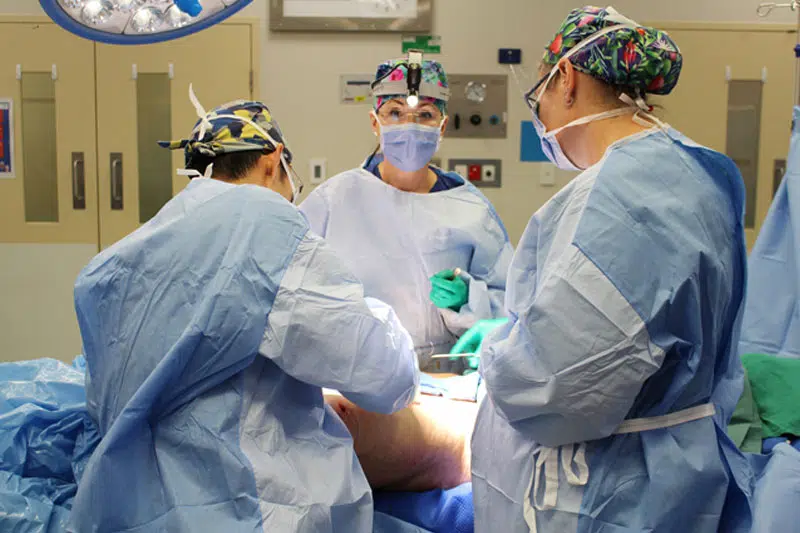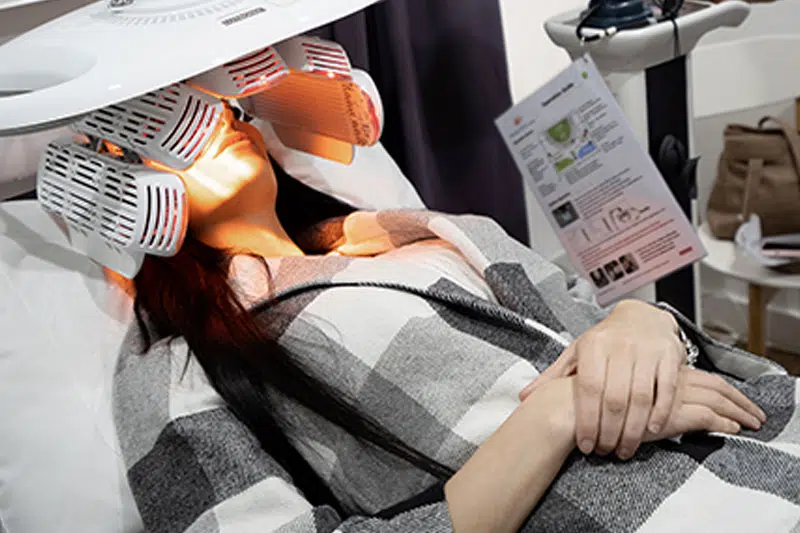As we grow older, the face begins to lose fat along with skin firmness, which can result in a drawn or tired appearance. This volume loss is often most noticeable around the cheeks, temples, under-eye area, jawline, and around the mouth. Facial Fat Transfer also called Autologous Fat Grafting is a procedure that uses a patient’s own fat to increase facial volume and alter shape.
Dr Gary Kode, Specialist Plastic Surgeon, performs Facial Fat Transfer to patients, offering a thoughtful approach tailored to each individual’s facial characteristics and personal aims.
What Is Facial Fat Transfer?
Facial Fat Transfer involves removing fat from one area of the body, typically the abdomen, flanks, or thighs, using liposuction techniques. Dr Kode will then process this fat and inject it into facial area to increase lost volume or alter appearance.
By using your own tissue, this approach offers an alternative to synthetic volume treatments. Some of the transferred fat can develop its own blood supply and remain in the face long term, potentially providing lasting outcomes.
Why Patients Consider This Procedure
People may seek Facial Fat Transfer for a number of personal reasons, including:
- Hollowing beneath the eyes (tear troughs)
- Flattening or loss of definition in the cheeks
- Deep nasolabial folds or marionette lines
- Thinning lips or changes in lip shape
- Uneven contours or facial asymmetry
- Seeking a more lasting option than temporary volume treatments
Facial Fat Transfer can be performed on its own or as part of a broader surgical plan that may include Facelift surgery, Eyelid surgery, or skin-focused treatments.
Who Might Be Suitable for Facial Fat Transfer?
This procedure may be suitable for individuals who:
- Have visible facial volume loss
- Have adequate fat reserves in donor areas
- Are in good general health
- Do not smoke (or are willing to stop before and after surgery)
- Have practical expectations around results
Dr Kode will assess your suitability for this procedure during your consultation.
Potential Benefits of Facial Fat Transfer
- Uses your own tissue
- Potential for long-lasting volume alteration
- Can alter facial appearance and texture
- Low likelihood of allergic reaction
- May be part of a broader surgical plan
Potential Treatment Areas
Fat transfer can be used to increase volume in the following facial areas:
- Cheeks and midface
- Under-eye hollows
- Temples
- Nasolabial folds
- Lips and surrounding mouth area
- Chin and jawline
- Depressed scars or irregularities
Facial Fat Transfer – The Procedure
Facial Fat Transfer is usually performed as a day procedure under general anaesthesia or sedation. The process involves three main stages:
- Fat Harvesting
Fat is collected from a donor site using fine cannulas and liposuction methods. - Purification
The harvested fat is filtered to remove excess fluids or damaged cells, retaining only the most viable tissue. - Fat Placement
Dr Kode then precisely places the processed fat into selected facial areas. Layering and small-volume placement help to achieve smooth the appearance.
The procedure generally takes between 1.5 and 2.5 hours, depending on the extent of treatment and whether it is part of a large treatment plan (involving other surgeries).
Recovery and Downtime
Recovery times vary depending on the individual and the scope of the procedure. Most patients experience some degree of swelling, bruising, and sensitivity at both the donor and injection sites.
- Return to daily activities is often possible within 7–10 days.
- Swelling may persist longer around delicate areas like the eyes.
- It is important to avoid pressure or massage to the face during early healing.
- Recovery tips may include sleeping with your head elevated and using cold compresses.
Where fat has been transferred near the mouth or jawline, a soft diet may be recommended temporarily.
Visible results typically begin to appear after the first few weeks, with outcomes developing over 3 to 6 months as the transferred fat integrates with surrounding tissue.
How Long Do the Results Last?
Long-term outcomes can vary. Generally, about 60–80% of the transferred fat survives and remains over time. Dr Kode uses a meticulous surgical approach to support fat survival, though some resorption is expected.
Occasionally, a secondary fat transfer procedure may be recommended after several months to further results or increase lost volume.
Considerations and Potential Risks
As with any surgery, there are risks associated with Facial Fat Transfer. These can include:
- Volume irregularities or asymmetry.
- Partial absorption of transferred fat.
- Lump formation or irregularities.
- Bruising or temporary swelling.
- Rare risk of infection.
Dr Kode will discuss all potential risks and explain what to expect during your consultation. To learn more visit the Risks and Complications page.
Facial Fat Transfer Cost
The cost of Facial Fat Transfer in Melbourne can vary based on the number of treatment areas, surgical complexity and whether other procedures are performed at the same time. Fees related to hospital and anaesthesia will also contribute to the final price.
You will receive a detailed, personalised quote following your consultation. As this procedure is usually considered cosmetic, Medicare and private health funds typically do not offer rebates.
Why Choose Dr Gary Kode?
With more than 30 years of experience in aesthetic and reconstructive plastic surgery, Dr Gary Kode offers a calm, thoughtful approach to facial procedures. Every treatment is designed with the patient’s features, goals, and preferences in mind.
All surgical procedures are performed in accredited hospitals in Melbourne with an experienced clinical team.
Arrange a Consultation
If you’re considering Facial Fat Transfer, we invite you to book a consultation with Dr Kode. During this appointment, he will:
- Assess your facial structure and areas of volume loss.
- Discuss your goals.
- Outline your options and answer your questions.
- Provide a clear, individualised treatment plan.
Contact our Melbourne team to learn more or to schedule your consultation.
Disclaimer: The content provided is for general information only and does not replace individual medical advice. Surgical procedures carry risks and should be carefully considered in consultation with a qualified plastic surgeon.






